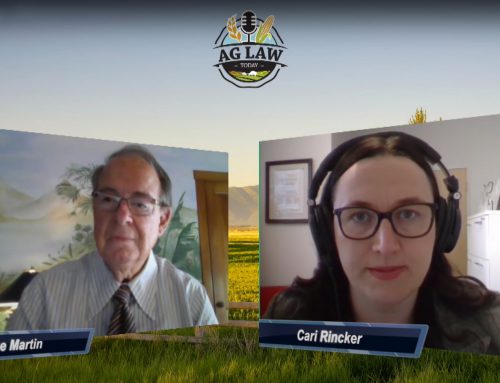It’s up to the scientific and HLB research community to save Florida’s citrus industry from citrus greening, also known as HLB. Since the bacterium that causes citrus greening was detected in a South Florida grove in 2005, the citrus industry has seen falling harvest totals and rising costs. A recent estimation from forecasters with the USDA gave Florida’s citrus industry until 2019 to remain viable. Many treatments and promising HLB research ventures are on-going, but nothing has resulted in the proverbial silver bullet.
HLB Research Efforts
Many in the industry are putting their hopes with the UF/IFAS Lake Alfred Citrus Research & Education Center (CREC) and the lead scientist there, Dr. Nian Wang. They’re right to do so; Dr. Wang and his team believe they may be close to cracking the citrus greening nut with Dr. Wang’s CRISPR gene editing process, as reported in a Lakeland Ledger column.
The process basically tricks citrus trees into sending instructions to their DNA to ‘cut out’ the gene sequences that allow the citrus greening bacteria into the citrus tree’s cells. It is compared to an ‘off switch’ for citrus greening; if the bacteria can’t get to the trees cells, then it can’t wreak havoc with the trees’ growth and fruit production. Wang utilized CRISPR technology in the fight against citrus canker, another citrus disease, and he maintained in The Ledger article that he believed a breakthrough with citrus greening is close at hand.
What’s Next
Field testing and greenhouse studies will come next to validate Dr. Wang’s research. Another benefit of the CRISPR technology is that it doesn’t create a genetically modified or altered citrus tree, which some consumers find objectionable; the trees are produced conventionally. Hopefully, the newest development in HLB research will prove to be the scientific silver bullet that the Florida citrus industry so desperately needs.



